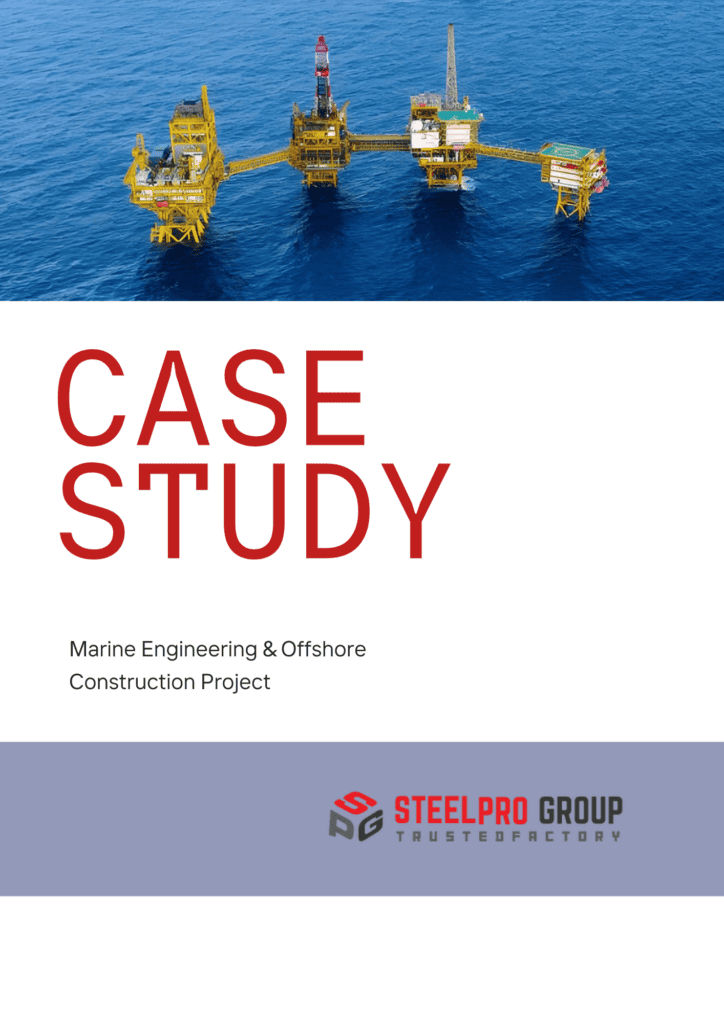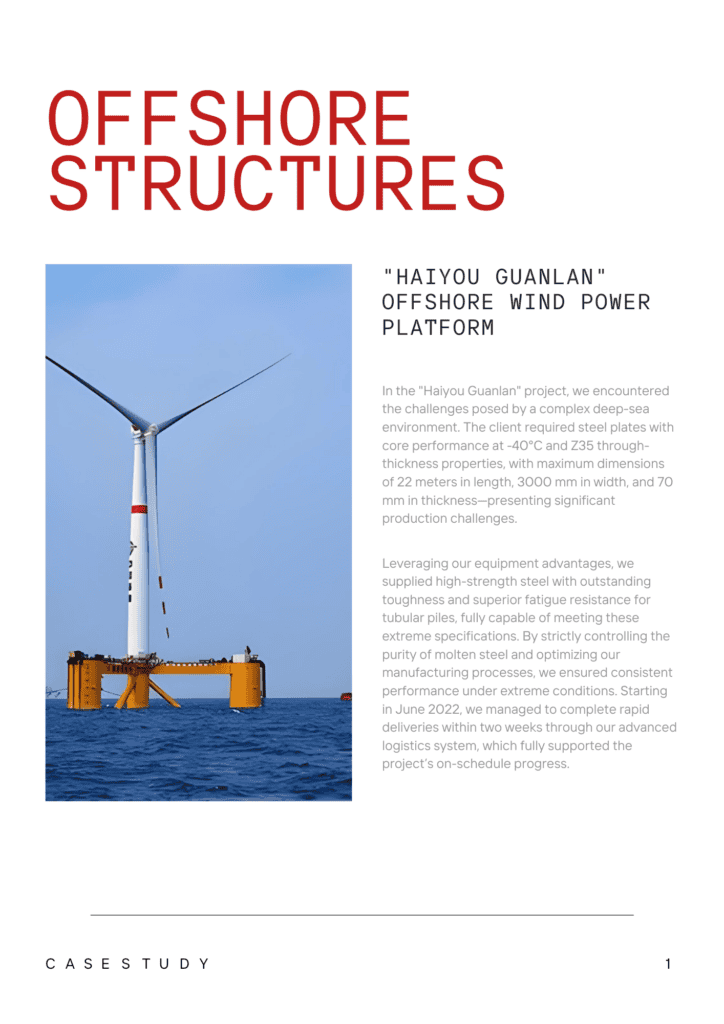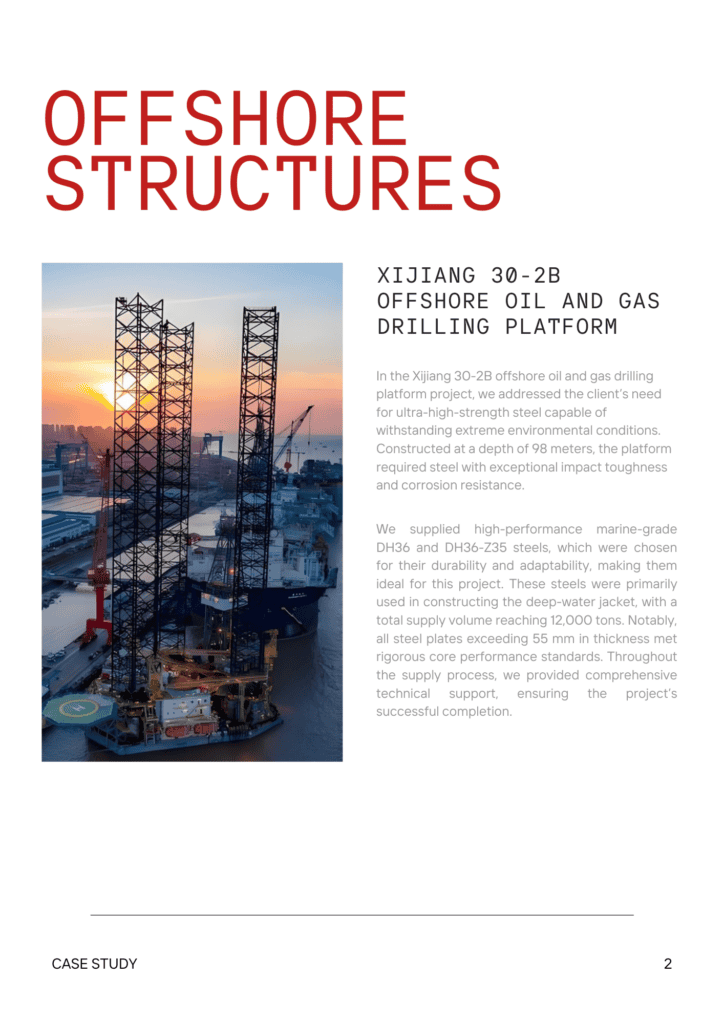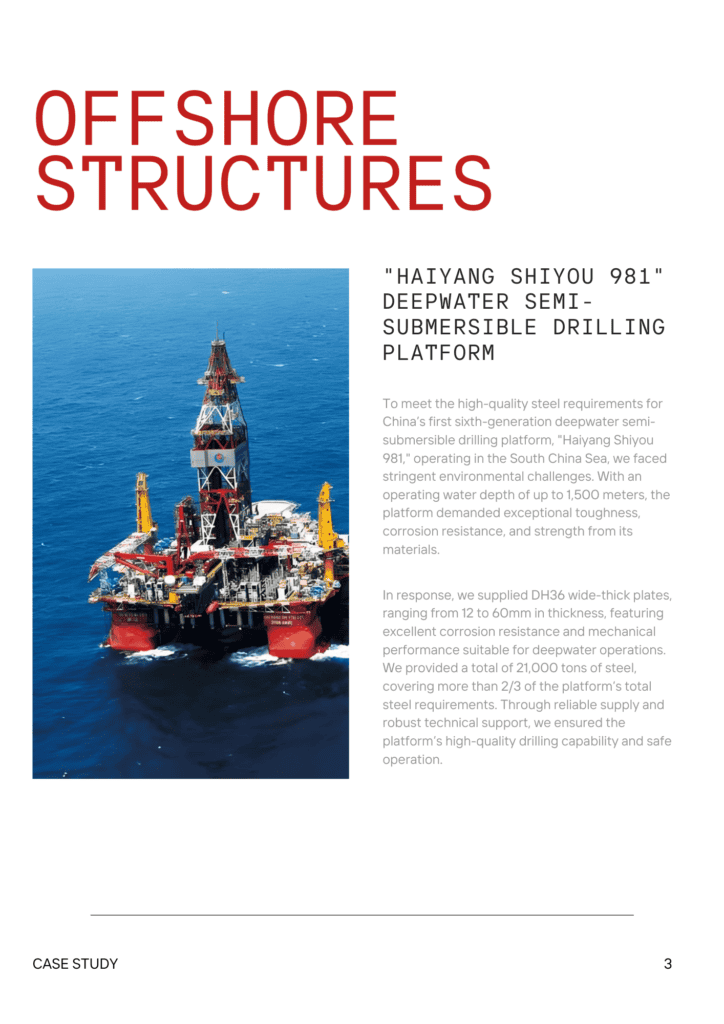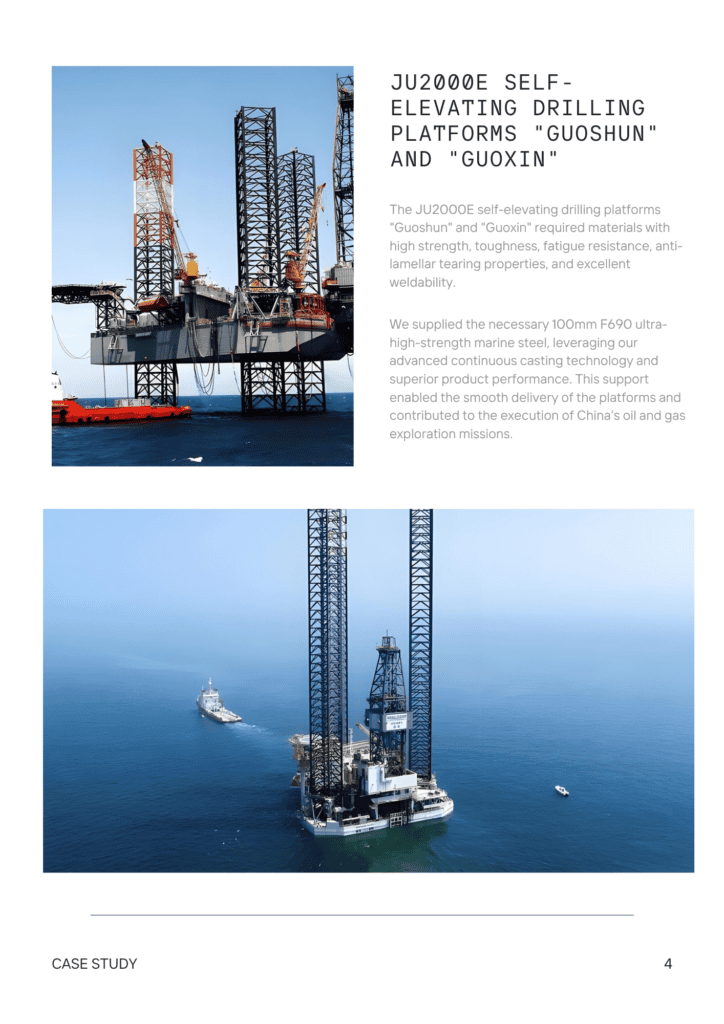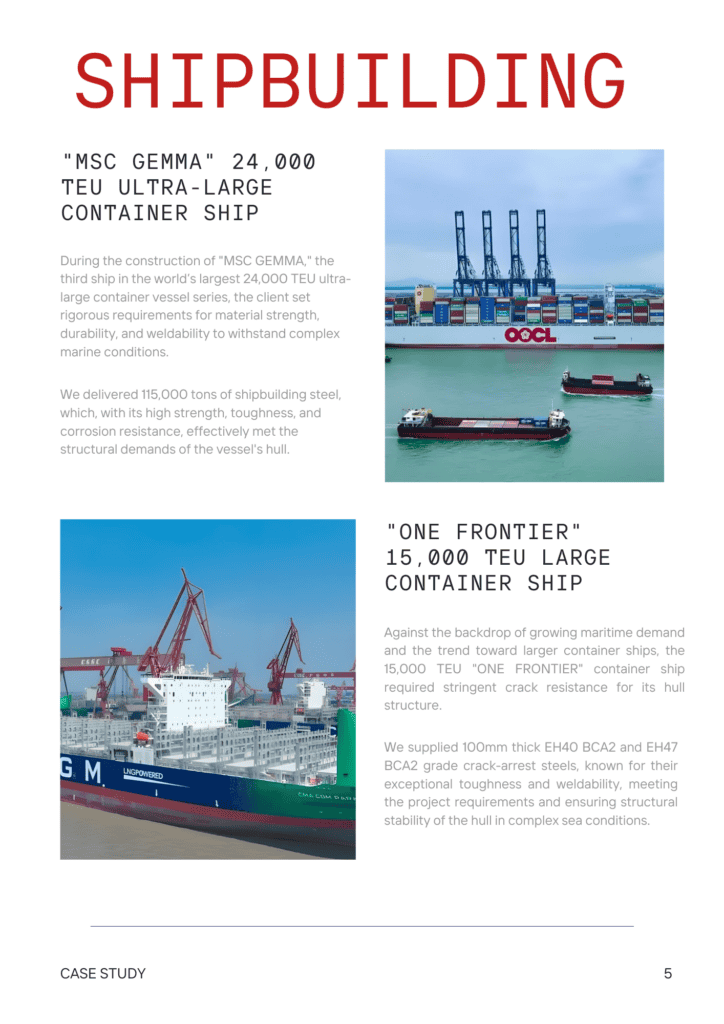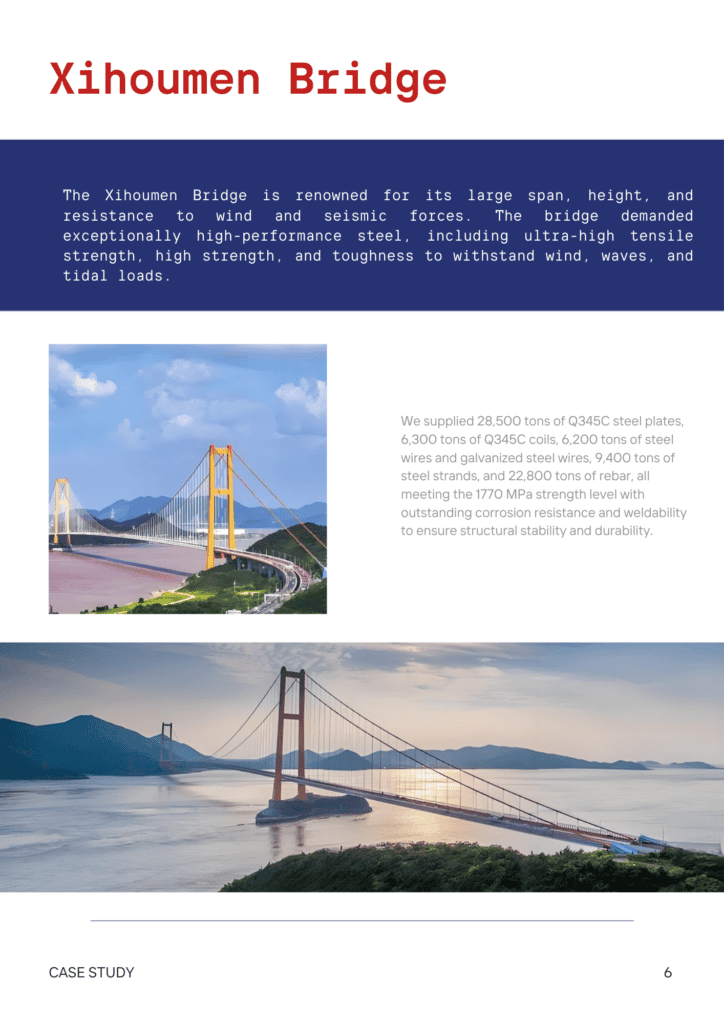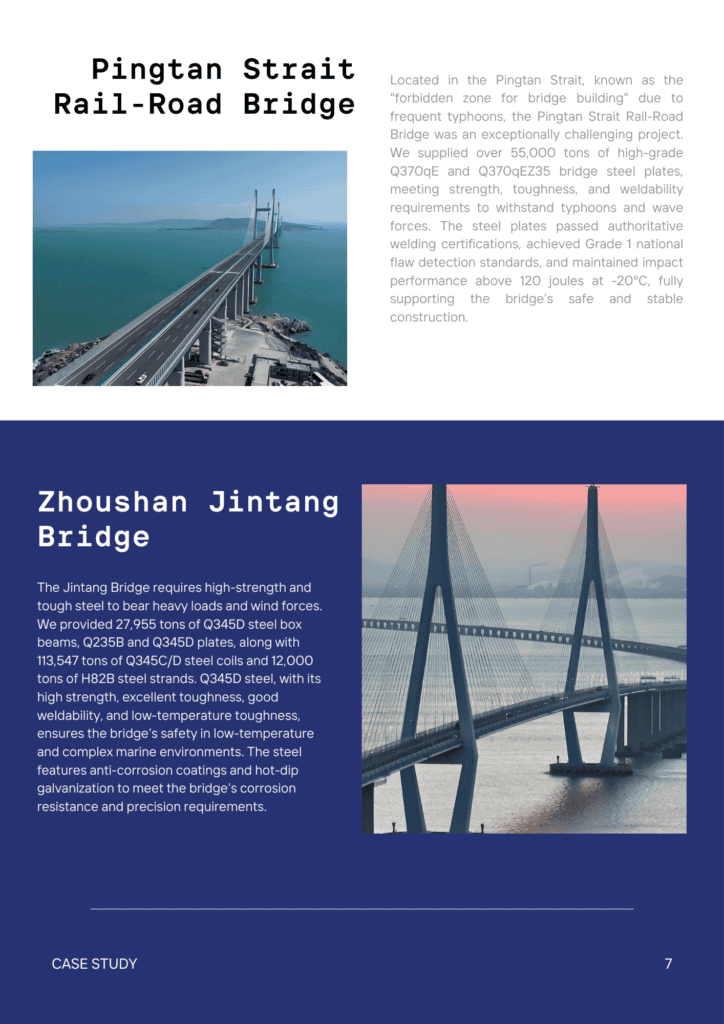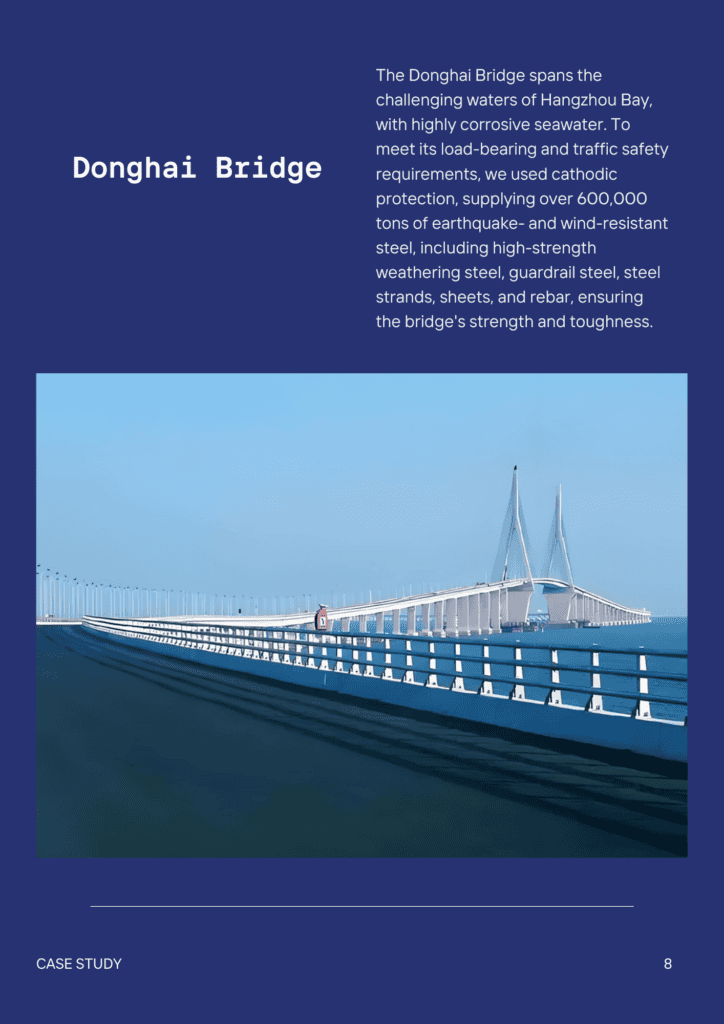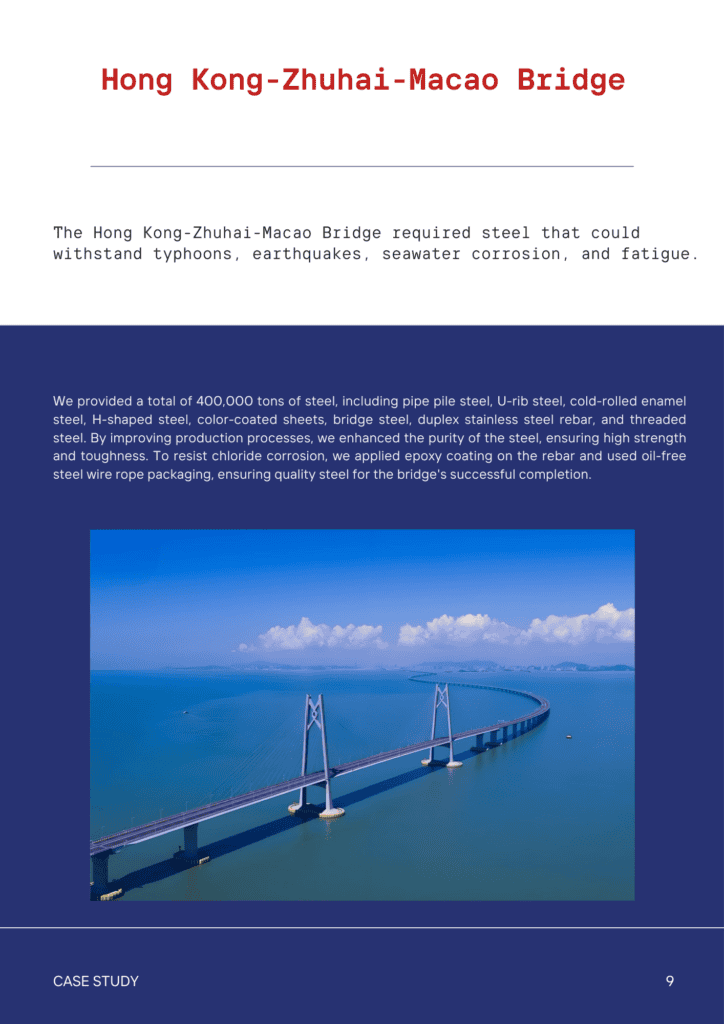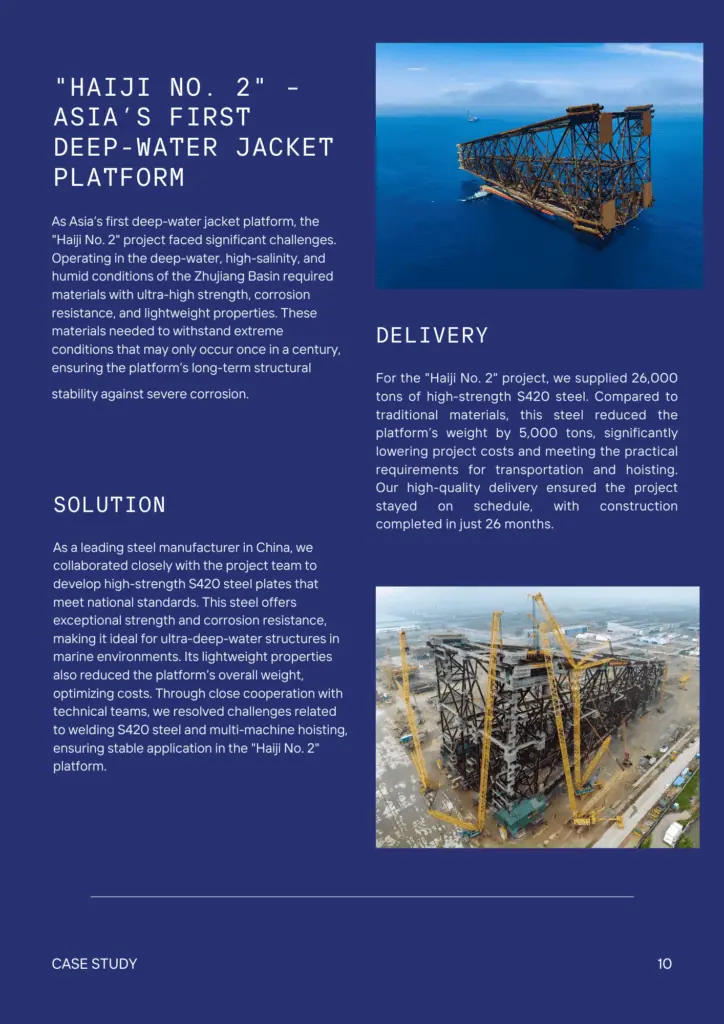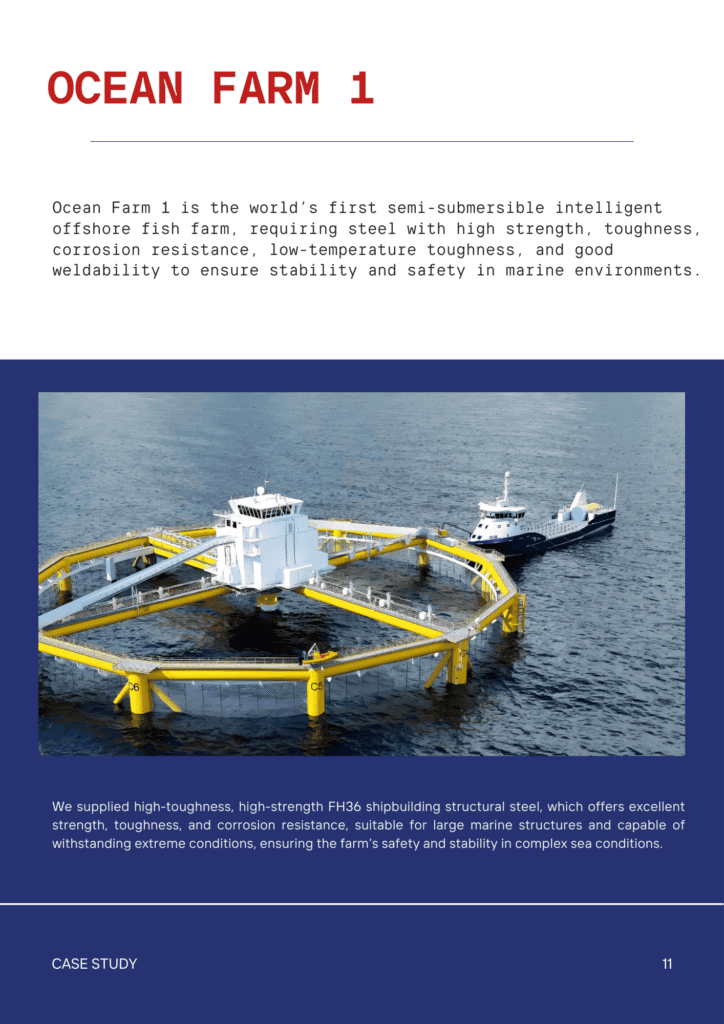Contents
In-depth Analysis: Is 304 Stainless Steel Magnetic?
- John
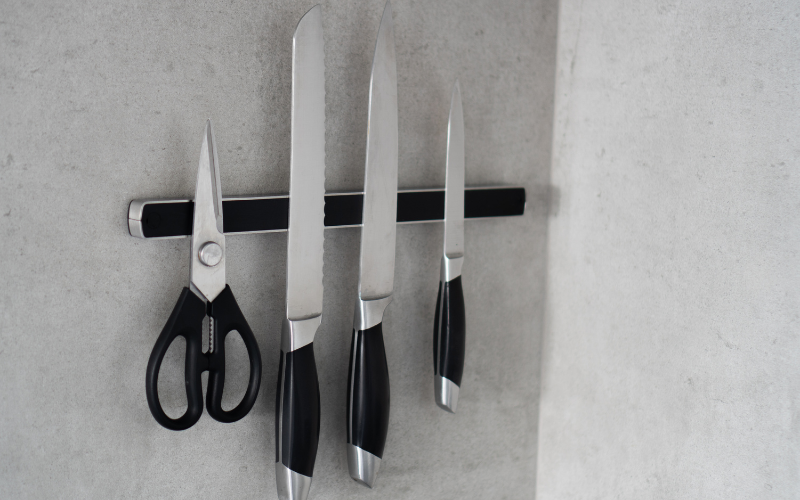
Is 304 Stainless Steel Magnetic?
No. 304 stainless steel is austenitic stainless steel, which is generally non-magnetic or weakly magnetic in its annealed (soft) condition. However, under certain conditions, such as cold working, welding or heat treatment, 304 stainless steel may partially transform into a martensitic structure, thereby increasing its magnetic properties.
Source of Magnetism of SS304
1. Chemical Composition
The primary constituents of 304 stainless steel are iron, chromium, and nickel. The addition of nickel helps to stabilize the austenite structure, thereby maintaining non-magnetic or weak magnetism. However, if the nickel content is insufficient or contains too many ferrite-forming elements (such as chromium, molybdenum, silicon, etc.), it may cause part of the austenite to transform into ferrite or martensite, thereby increasing magnetism. Trace elements such as carbon and nitrogen can also affect the magnetism of 304 stainless steel. For example, high carbon content may promote martensite formation and increase magnetism.
2. Processing Process
Cold processing (such as cold rolling, stretching, bending) is another important reason for the magnetism of stainless steel. During the cold processing process, deformation will occur inside the stainless steel, inducing martensitic phase transformation, thereby increasing magnetism. In addition, local high temperatures may also be generated during welding, resulting in changes in the organizational structure of the surrounding area and the formation of magnetic areas.
3. Heat Treatment
Heat treatment also has a significant effect on the magnetism of stainless steel. Proper annealing can eliminate the internal stress and martensitic phase transformation generated during processing, restore the austenitic structure, and thus reduce magnetism. However, if the annealing temperature is not sufficiently high or lasting long enough, the magnetism may not be completely eliminated.
How to Determine Whether 304 Stainless Steel is Magnetic?
Magnetic Tester: With a magnetic tester, one can swiftly ascertain whether stainless steel exhibits magnetic properties. This method is designed for industrial applications to ensure reliable measurement results in a variety of application scenarios.
Magnet Test: Put a magnet close to the surface of stainless steel. If the magnet is clearly attracted, it indicates that the stainless steel contains magnetic components. This intuitive and easy-to-operate test method is suitable for rapid screening or home use.
Laboratory Analysis: Using precision instruments in the laboratory to perform magnetic measurements can eliminate external interference and ensure the accuracy of the measurement results.
Magnetic Susceptibility Measurement: Magnetic susceptibility is a physical quantity that measures the material’s ability to respond to external magnetic fields. Its value directly reflects the material’s magnetic strength. Magnetic susceptibility is measured using a magnetic susceptibility meter. This method can provide detailed magnetic data and is suitable for precision testing.
Is the Magnetism of 304 Stainless Steel Important?
The magnetism of 304 stainless steel is particularly important in specific applications.
For example, in medical equipment, the material is required to have extremely low magnetism to avoid interference with medical equipment such as MRI. In the manufacture of electronic equipment and precision instruments, the material is also required to remain non-magnetic to ensure the normal operation of the equipment and the accuracy of the measurement.
In addition, in the field of food processing and storage, although magnetism itself does not affect food quality, consumers’ preference for non-magnetic stainless steel may affect market choices.
What Factors Affect the Magnetism of SS304?
Environmental Factors
Temperature:
- High temperature environment: Under high temperature conditions, the microstructure in 304 stainless steel may change, such as the growth of austenite grains or the precipitation of other phases (such as ferrite), which may lead to enhanced magnetism of stainless steel. In particular, when the temperature approaches or exceeds the critical temperature of the material, the originally non-magnetic or weakly magnetic 304 stainless steel may exhibit certain magnetism.
- Low temperature environment: Although the direct effect of low temperature on the magnetism of 304 stainless steel is relatively small, at extremely low temperatures, the physical properties of the material will change, which may affect the mechanical behavior related to magnetism. But this effect is usually not as obvious as in high temperature environments.
Corrosive Substances: Corrosive media (such as chloride ions, acids, alkalis, etc.) can corrode the surface of 304 stainless steel and form a corrosion layer. This corrosion layer may contain iron elements or other magnetic substances, which makes the stainless steel surface exhibit certain magnetism. This effect is particularly obvious in high humidity, high salinity or highly corrosive environments.
Stress: Under continuous stress (such as mechanical stress, thermal stress), 304 stainless steel may undergo stress corrosion cracking (SCC) or stress-induced phase transformation (such as austenite to martensite). The alteration in phase will lead to an increase in the magnetic properties of stainless steel. Especially during cold working (such as bending and stamping), due to the concentration and uneven distribution of stress, it is easier to induce martensitic phase transformation, resulting in enhanced magnetism.
Aging
Time Effect: As time goes by, 304 stainless steel will gradually age. During the aging process, the microscopic defects inside the material may increase, the grain boundaries become blurred, and the phase composition may change (such as the slow transformation of austenite to martensite), all of which will lead to changes in magnetism. Especially in high temperature or corrosive environments, the aging process will accelerate and the magnetic changes will be more significant.
Thermal History: The thermal history experienced by 304 stainless steel during processing, heat treatment or use will also affect its magnetism. For example, annealing can eliminate the internal stress and microscopic defects generated during processing and restore the material to a non-magnetic or weakly magnetic state; while local heating processes such as welding may cause phase changes and stress concentration in the weld and its surrounding areas, resulting in enhanced magnetism.
How to Eliminate the Magnetism of SS304?
After 304 stainless steel becomes magnetic, you can eliminate the magnetism through the following methods.
Heat Treatment
- By heating stainless steel to a temperature range of 800°C to 1050°C, maintaining it for a specified duration, and subsequently cooling it gradually, the crystal structure undergoes a transformation, resulting in a reduction or complete elimination of its magnetic properties.
Cold Working Adjustment
- Although cold working methods such as cold rolling and cold drawing cannot completely eliminate magnetism, they can affect the distribution of magnetic areas and weaken its magnetism.
Professional Demagnetization
- For occasions where strict demagnetization is required, professional equipment and technology can be sought for demagnetization treatment, such as using a strong magnetic field for magnetization reversal or high purification treatment.
Aging Treatment
- For magnetism caused by stress generated by cold working, aging treatment (keeping the alloy workpiece at a specific temperature for a period of time) can be used to reduce stress and thus weaken magnetism.
Please note that each method has its scope of application and limitations, and the specific method to be selected should be determined according to actual conditions and needs.
How to Avoid Magnetization of 304 Stainless Steel?
- Optimize processing technology: Reduce the amount of cold processing, use annealing and other heat treatment processes to eliminate processing stress and restore austenite structure.
- Strictly control chemical composition: Ensure that the nickel content meets the standard and reduce the proportion of ferrite forming elements.
- Choose an appropriate welding method: Control the welding temperature and speed to avoid local high temperatures causing changes in the organizational structure.
- Demagnetization treatment: For 304 stainless steel that has been magnetized, a demagnetizer or demagnetization device can be used for demagnetization.
Demagnetization treatment is divided into two methods: AC demagnetization and DC demagnetization. AC demagnetization is suitable for quickly removing weaker magnetism, while DC demagnetization can more deeply treat stronger magnetic areas.
- Subsequent maintenance and inspection: During the use of stainless steel products, magnetic inspections should be carried out regularly to ensure that they remain in the required magnetic state. If the magnetism is found to be enhanced, measures should be taken in time to demagnetize or adjust the use conditions.
Paramagnetic Properties of 304 Stainless Steel
304 stainless steel is paramagnetic. That is, it is slightly attracted under an applied magnetic field, but does not retain magnetism after the magnetic field is removed. This phenomenon is related to its internal structure.
304 stainless steel is an austenitic stainless steel. The arrangement of electrons in the austenite crystal structure does not produce strong magnetism, so its magnetization is very low. At the same time, it contains unpaired electrons, which will align with the magnetic field under an applied magnetic field and produce a paramagnetic reaction. However, this reaction is very weak and is far less than that of ferromagnetic materials.
After cold processing (such as bending, forming, etc.), the austenite structure of 304 stainless steel may transform into martensite, which may show slight magnetism.
Comparison of the Magnetism of 304 and 316 Stainless Steel
Although both 304 and 316 stainless steels are austenitic stainless steels and should be non-magnetic or weakly magnetic under ideal conditions, there are still some differences in their magnetism. The primary reason for this disparity lies in the minute variations in the chemical composition and microstructural features of the materials.
1. Chemical Composition
316 stainless steel adds molybdenum (Mo) elements to 304 stainless steel, which improves its corrosion resistance, especially its ability to resist chloride ion corrosion. However, the addition of molybdenum has little effect on the magnetism of stainless steel, so the difference in magnetism between the two is not significant. However, in actual processing and use, since 316 stainless steel contains more alloying elements, its work hardening rate and thermal sensitivity may be slightly higher than 304 stainless steel, which may make it easier to produce magnetism under certain conditions.
2. Processing and Welding
For both stainless steels, cold working (such as bending, stamping, etc.) and welding may cause changes in the internal crystal structure, thereby increasing magnetism. This is because these processes may cause austenite to transform into magnetic martensite or ferrite.
Is Stainless Steel Magnetic?
Not all stainless steel is magnetic. Whether stainless steel is magnetic depends on its specific type or grade. Austenitic grades are typically non-magnetic, while ferritic and martensitic grades are magnetic.
Types of Magnetic Stainless Steel
Ferritic Stainless Steel: such as 409, 430, and 439, these steels have a high ferrite content and are therefore magnetic. Ferritic stainless steel is usually used in automotive exhaust systems, kitchen utensils and other fields because of its low cost and certain corrosion resistance.
Martensitic Stainless Steel: including grades 410, 420, and 440, exhibit pronounced magnetic properties subsequent to heat treatment. Widely utilized in manufacturing knives, medical instruments, and bearings, these steels are favored for applications demanding high strength, wear resistance, and durability, attributed to their exceptional hardness and abrasion resistance.
Duplex Stainless Steel: such as 2205, these steels combine the characteristics of austenite and ferrite and have certain magnetism. Duplex stainless steel is often used in marine engineering, petrochemical, and other fields. Its high strength and good corrosion resistance give it an advantage in these applications.
Non Magnetic Stainless Steel
Non-magnetic stainless steel primarily refers to the austenitic grades of stainless steel, which are non-magnetic in their annealed form. The most common non-magnetic stainless steels include:
304 Stainless Steel:
- The most widely used stainless steel.
- Non-magnetic in its annealed form but may become slightly magnetic after cold working.
316 Stainless Steel:
- Known for its higher corrosion resistance (especially in chloride environments).
- Like 304, it is non-magnetic when annealed but may show some magnetism after cold working.
Other Austenitic Grades:
- 310, 321, and 347 are also non-magnetic and have specialized uses due to their different chemical compositions.
These austenitic grades remain non-magnetic because their crystal structure does not easily allow for the alignment of magnetic domains, which is what creates magnetism.
Is 316 Stainless Steel Magnetic?
No. While 316 stainless steel is typically considered non-magnetic, slight magnetism can be introduced through mechanical processes (such as bending, stretching, or forming).
Is 316L Stainless Steel Magnetic?
No. 316L stainless steel is generally non-magnetic but can become slightly magnetic after cold working (bending or forming).
Get Satisfactory Stainless Steel!
Understanding the magnetic standards, sources, determination methods, importance and influencing factors of stainless steel is of great significance for the correct selection and use of stainless steel materials.
We have conducted in-depth research on the magnetic mechanism of stainless steel and its influencing factors to ensure that the quality and performance of stainless steel products meet the level expected by users. If you need to purchase stainless steel products, please feel free to contact us!
Related Reading
18/10 Stainless Steel: Composition, Properties, and Applications
Contact Us
Any questions or demands please feel free to leave messages for us here. We will give our expert response as soon as possible.
- Stainless Steel Grades
- 300 Series Stainless Steel
- 303 Stainless Steel
- 304 Stainless Steel
- 305 Stainless Steel
- 308 Stainless Steel
- 316 Stainless Steel
- 316N Stainless Steel
- 409 Stainless Steel
- 410 Stainless Steel
- 416 Stainless Steel
- 420 Stainless Steel
- 430 Stainless Steel
- 410HT And 410L Stainless Steels
- 410S Stainless Steel
- 440 Stainless Steel
- 436 Stainless Steel
- 301 Stainless Steel
- 201 Stainless Steel
- 202 Stainless Steel
- 444 Stainless Steel
- 405 Stainless Steel
- 302 Stainless Steel
- 309 Stainless Steel
- 314 Stainless Steel
- 321 Stainless Steel
- 347 Stainless Steel
- 408 Stainless Steel
- 422 Stainless Steel
- 431 Stainless Steel
- 434 Stainless Steel
- 414 Stainless Steel
- 430FR Stainless Steel
- 13-8 PH Stainless Steel
- 317 | 317L Stainless Steel
- 616 Stainless Steel
- 630 Stainless Steel
- 904L Stainless Steel
- A2 Stainless Steel
- 304 vs 304L Stainless Steel
- 304 VS 316 Stainless Steel
- 304 vs 409 Stainless Steel
- 304 vs 430 Stainless Steel
- 410 Stainless Steel vs 304
- 18/0 vs 18/10
- 18/0 Stainless Steel
- 18/8 Stainless Steel
- 18/10 Stainless Steel
Comparisons


